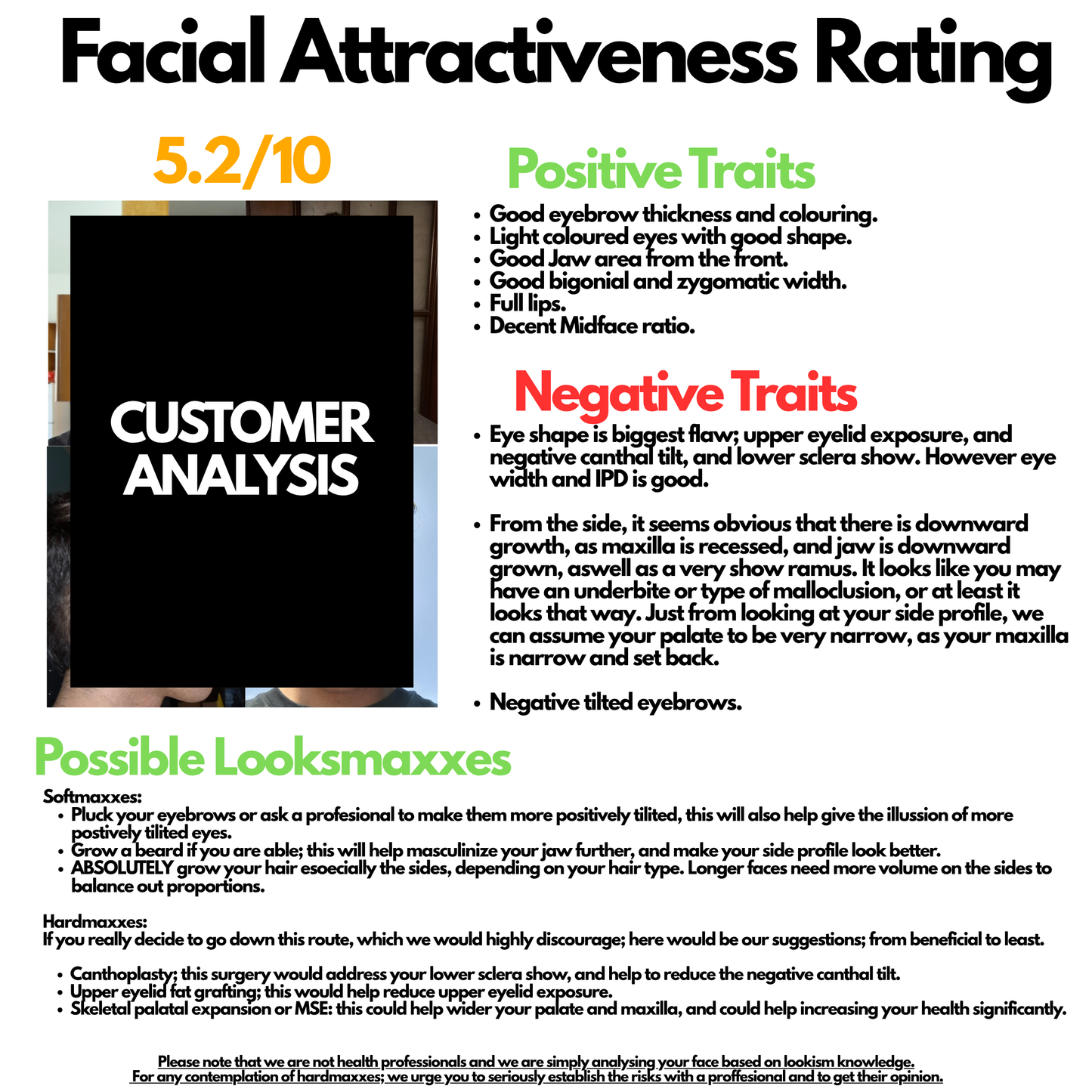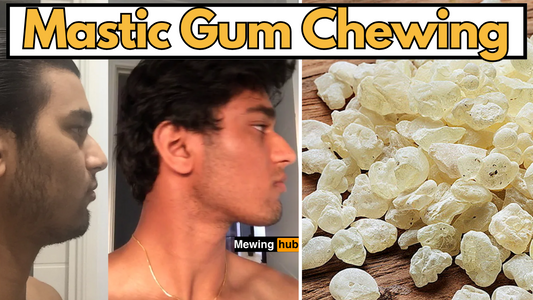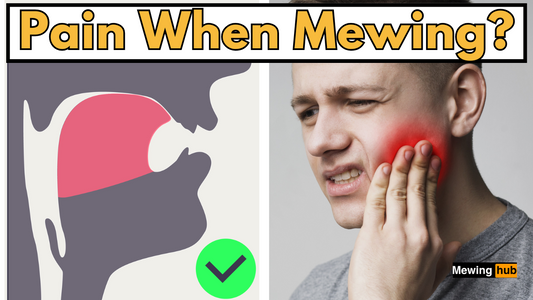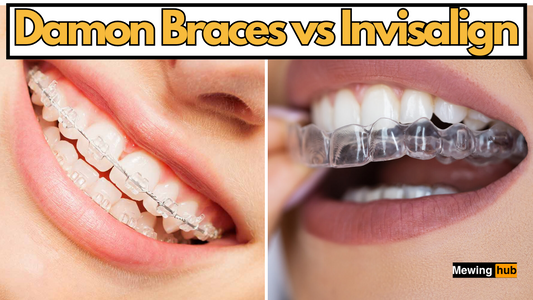Master Tongue Chewing: Enhance Your Mewing Results
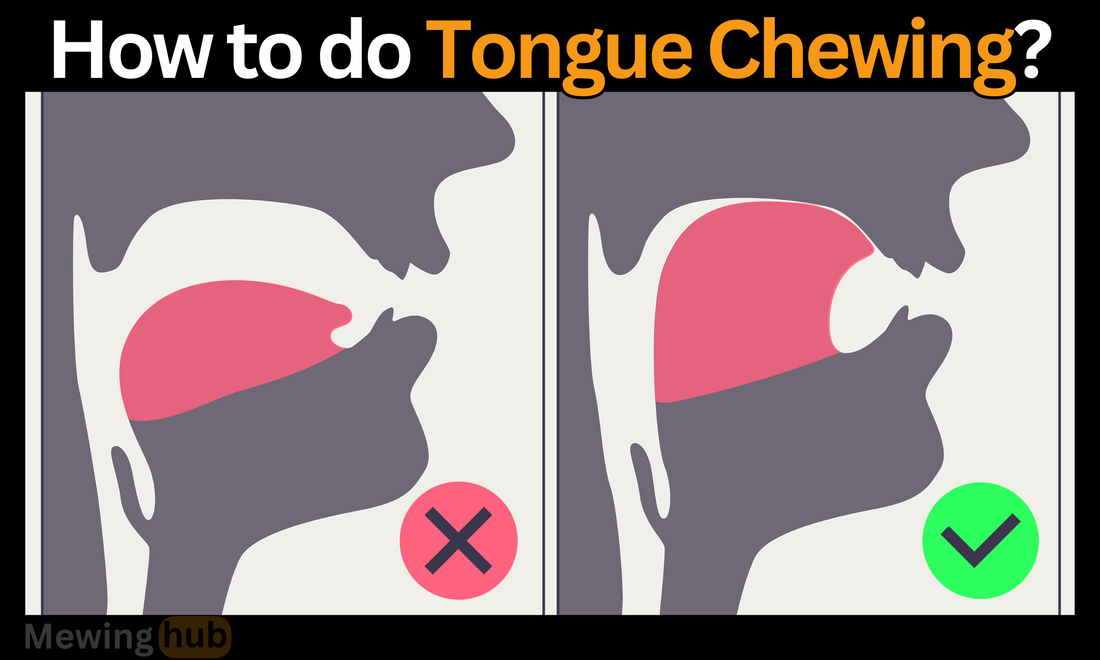
Share

What is Tongue Chewing ?
Tongue chewing involves using the tongue to chew a soft, malleable substance like chewing gum.
Unlike regular chewing that engages jaw muscles, tongue chewing focuses on using the tongue to manipulate and 'chew' the material, providing a workout that strengthens the tongue.
This exercise is integral to making mewing a habit and achieving better results, as a stronger tongue can maintain the proper posture more effectively.
Benefits of Tongue Chewing
1.) Strengthens the Tongue:
Consistent tongue chewing exercises the tongue muscles, making them stronger and more capable of maintaining proper mewing posture.
2.) Supports Mewing:
A stronger tongue can apply more effective pressure against the palate, which is crucial for successful mewing.
3.) Enhances Facial Aesthetics:
By complementing mewing, tongue chewing can contribute to the overall improvement in facial structure and alignment, by strengthening the tongue and making mewing easier.
4.) Improves Oral Health:
Strengthening the tongue can also aid in better swallowing and overall oral function.
5.) Focuses on Inner U:
Tongue chewing emphasizes the inner U of the tongue, leading to a more comprehensive engagement of the tongue muscles, which is essential for effective mewing.
How to Perform Tongue Chewing
1.) Select the Material:
Use a soft, chewable material like mastic gum or wax. Ensure it's safe for oral use and doesn't pose a choking hazard.
2.) Positioning:
Place the material or chewing gum on your tongue, avoiding using your teeth to chew.
3.) Chewing Action:
Use your tongue to press and move the material around your mouth. Try to engage different parts of the tongue to ensure a comprehensive workout.
4.) Duration:
Start with a few minutes of tongue chewing daily, gradually increasing the duration as your endurance builds.
Integrating Tongue Chewing with Mewing
Incorporate tongue chewing into your daily mewing routine to maximize benefits. After each tongue chewing session, ensure you return to the correct mewing posture, with the entire tongue pressed against the palate, emphasizing the posterior third's engagement.
This practice is vital for making mewing a consistent habit and achieving the desired facial changes.

Advanced Tips When Tongue Chewing
Variety in Movement: Experiment with different movements and pressures to engage various tongue areas.
Consistency: Regular practice is key to seeing results. Incorporate tongue chewing into your daily routine for the best outcomes.
Mindful Mewing: Always be conscious of returning to proper mewing posture after tongue chewing to reinforce muscle memory.
Hydration and Nutrition: Maintain good hydration and a balanced diet to support overall oral health and muscle function.
Use of Mewing Tools: Incorporate tools designed for mewing to aid in maintaining the correct tongue posture and enhancing the effectiveness of your practice.
Addressing a Receded Chin with Mewing and Tongue Chewing
While mewing and tongue chewing primarily target the maxilla, consistent practice can influence mandibular positioning over time, potentially addressing concerns like a receded chin. The forward growth of the maxilla encourages a more favorable mandibular position, contributing to a more balanced profile.
Practical Applications and Consistency
Daily Routine: Integrate tongue chewing into your daily routine, such as during breaks at work or while watching TV, to make it a habit.
Using Reminders: Set reminders or use apps to ensure you practice tongue chewing and mewing consistently.
Combining with Other Exercises: Incorporate other facial exercises to enhance overall facial muscle tone and structure. Chewing hard gum is a great way to train the masseter muscles which is also a big element of mewing.
Start Training Your Jaw & Boost Your Mewing Results
Addressing Common Challenges
- Initial Discomfort: It's normal to experience some discomfort initially. Start slowly and gradually increase the intensity and duration of your tongue chewing exercises.
- Monitoring Progress: Keep a journal or take weekly photos to track changes and stay motivated.
- Seeking Professional Advice: If you experience pain or significant discomfort, consult with a dental or orthodontic professional to ensure you are practicing correctly.
Conclusion
Tongue chewing is a valuable addition to the mewing practice, offering a method to strengthen the tongue and enhance the effectiveness of mewing.
By following this comprehensive guide, you can integrate tongue chewing into your routine, supporting your journey toward improved facial aesthetics and structure.
Remember, consistency and correct technique are key to achieving the best results. With patience and dedication, you can master tongue chewing and maximize your mewing results, leading to a more defined and harmonious facial appearance.








